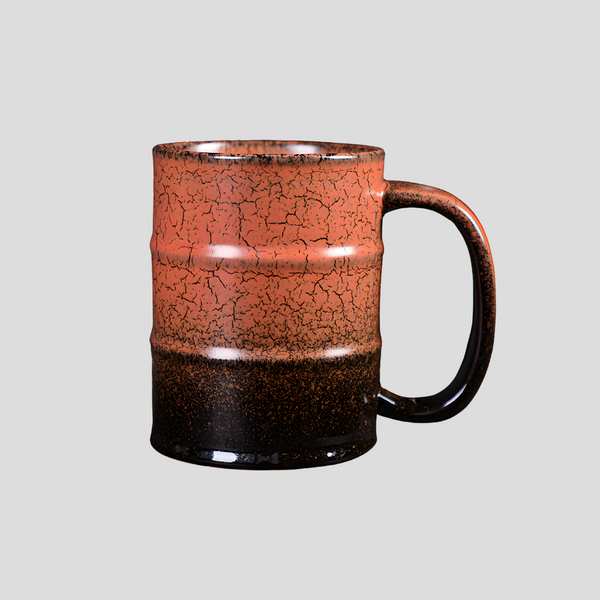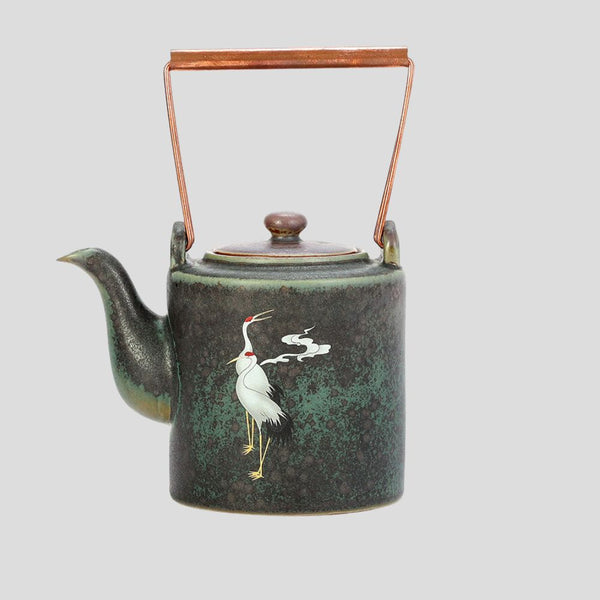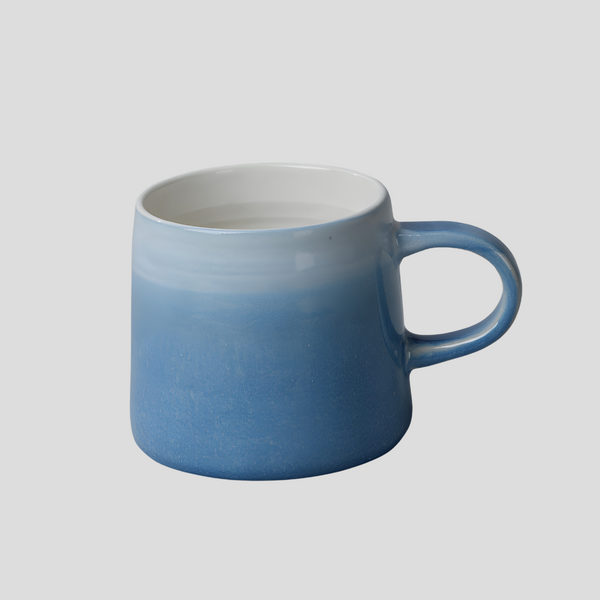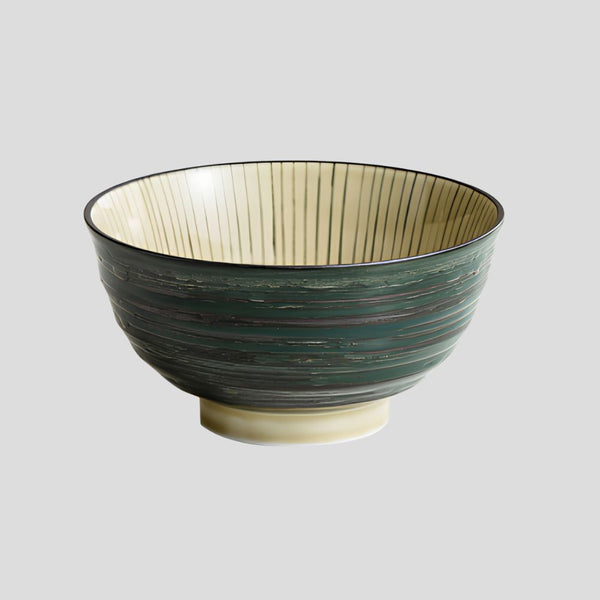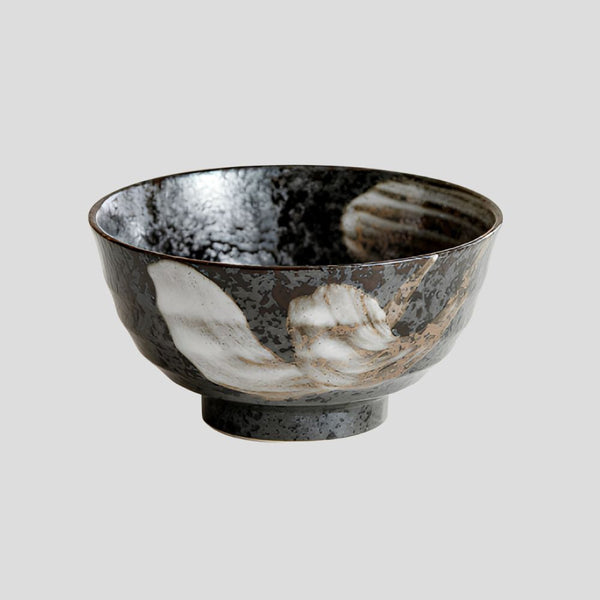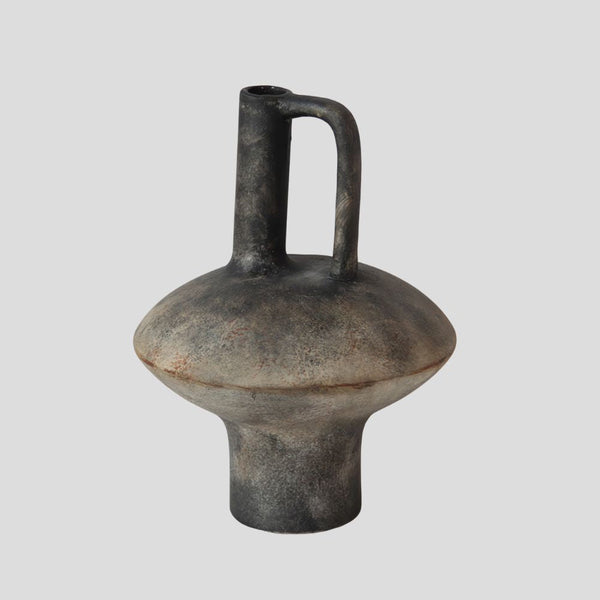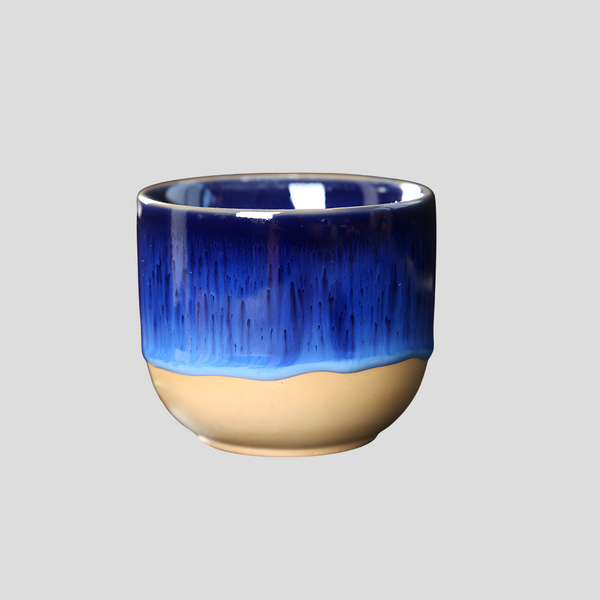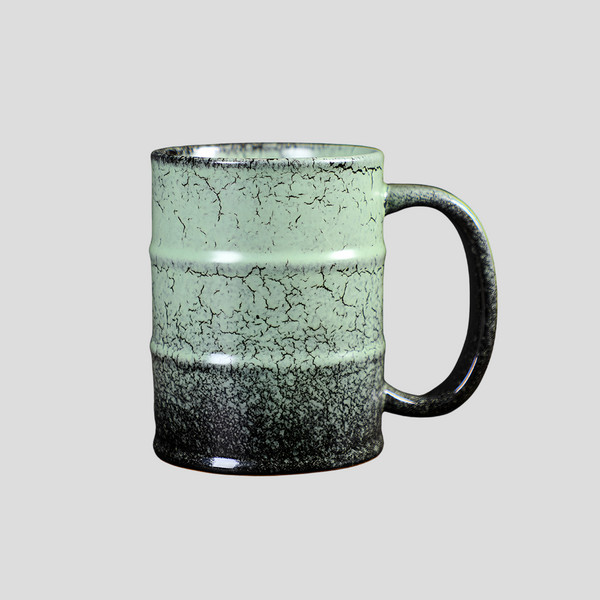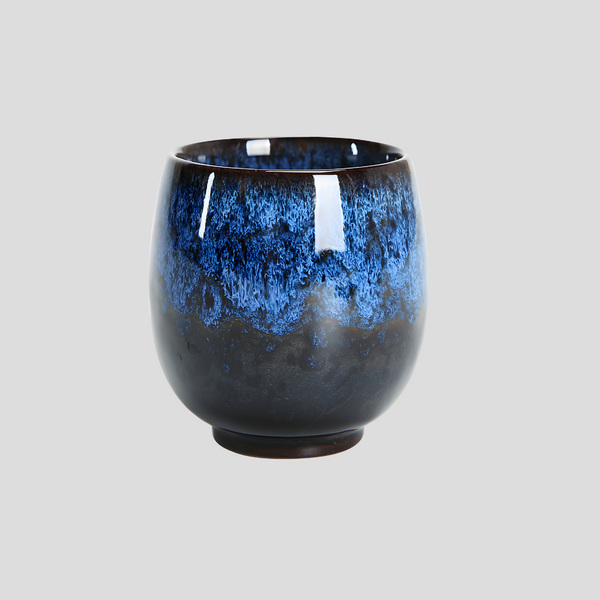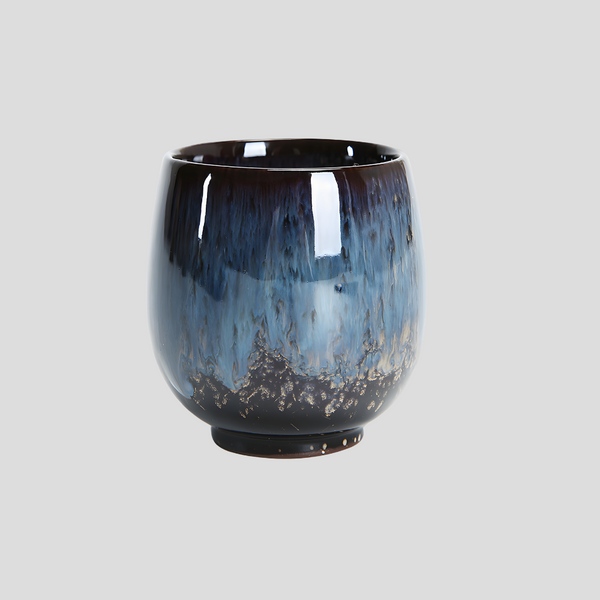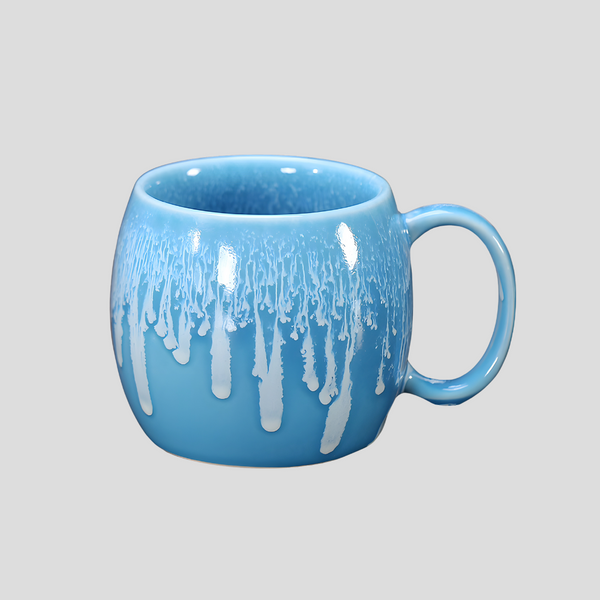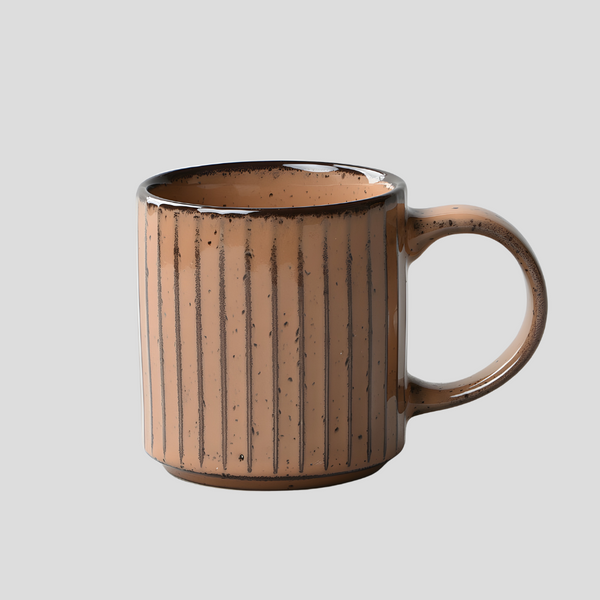
Exploring Traditional and Advanced Ceramics: A Comprehensive Guide
Ceramics, a class of materials that are characterized by their inorganic, nonmetallic properties, have been part of human civilization for millennia. Traditionally, they were developed from clay and fired to produce pottery, tiles, and similar artifacts. Today, ceramics encompass a much wider range of materials, including glasses, cement, and advanced ceramics. This comprehensive guide delves into the traditional and advanced ceramics, exploring their properties, uses, and the innovative technologies driving the field forward. Traditional ceramics are generally made from three primary components: clay, silica (sand), and feldspar. These materials are found naturally, making traditional ceramics one of the oldest human-made materials. They are typically produced through processes that include mixing the raw materials, shaping, and firing at high temperatures. The result is a product that can range from purely functional items like bricks and tiles to highly artistic objects such as pottery and sculptures. Traditional ceramics can be categorized into earthenware, stoneware, and porcelain. Earthenware is the oldest and simplest form, known for its porous nature and requires a glaze for liquid retention. Stoneware, a more durable variety, is valued for its dense, stonelike quality after firing. Porcelain, on the other hand, stands out for its translucency and purity, often associated with fine art and high-quality dishware. The applications of traditional ceramics are vast, covering various aspects of everyday life and extending into decorative arts. In construction, bricks, tiles, and pipes are indispensable, while in households, dishes, vases, and other pottery items are common. Their thermal and electrical insulation properties also make them suitable for some industrial applications. Advanced ceramics, also known as technical, engineering, or fine ceramics, represent a major leap in technology. Unlike traditional ceramics, they are produced from highly pure and refined raw materials through precise manufacturing processes that control compositions and microstructures. This results in materials that offer superior mechanical strength, temperature resistance, and durability. Advanced ceramics are distinguished by their exceptional properties, including high hardness, low wear rate, high melting points, and resistance to chemical attacks. These properties make them ideal for demanding applications in various high-tech industries. Moreover, their ability to withstand harsh environments without degrading is unparalleled in many engineering applications. The uses of advanced ceramics span across several fields, such as aerospace, automotive, electronics, and medicine. In aerospace, they are used for components that must resist extreme temperatures and forces. In the automotive industry, ceramics contribute to improved fuel efficiency and reduced emissions. Electronics benefit from their superior insulation properties, and in medicine, biocompatible ceramics are used for prosthetic implants. The field of ceramics is experiencing rapid advancements, driven by both the demand for improved materials in industrial applications and technological innovations. Additive manufacturing, or 3D printing, is emerging as a transformative method for producing complex ceramic components with precision and efficiency. Furthermore, the development of ultra-high-temperature ceramics (UHTCs) is opening new possibilities in aerospace and defense sectors, offering materials that can withstand extreme conditions. Another exciting area of development is the integration of ceramics with other materials to create composites that exhibit unique properties, such as enhanced toughness or electrical conductivity. These composites are paving the way for next-generation applications in various industries. The world of ceramics, from its ancient roots in traditional pottery to the cutting-edge applications of advanced ceramics, reflects the dynamic evolution of materials science. As research and technology continue to advance, the potential applications of ceramics expand, offering new solutions to engineering and design challenges. Exploring the depth and breadth of this field reveals not only its historical significance but also its critical role in shaping the future of technology.Introduction to Ceramics
Understanding Traditional Ceramics
Types of Traditional Ceramics
Applications of Traditional Ceramics
Exploring Advanced Ceramics
Characteristics of Advanced Ceramics
Applications of Advanced Ceramics
The Future of Ceramics: Trends and Innovations
Conclusion

